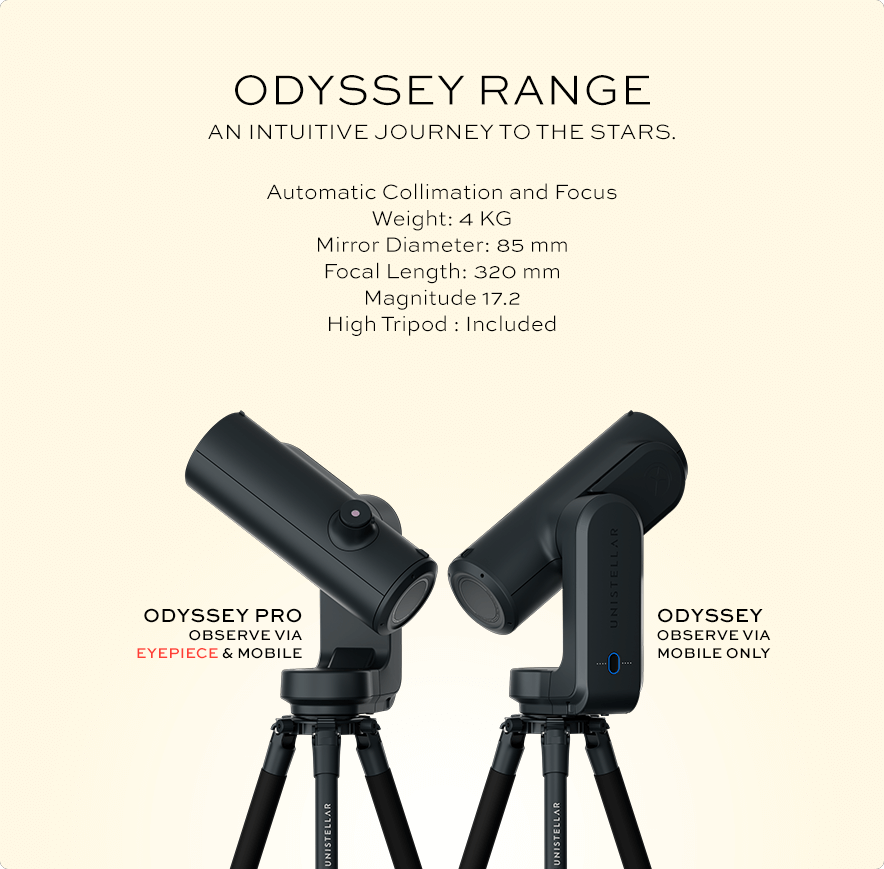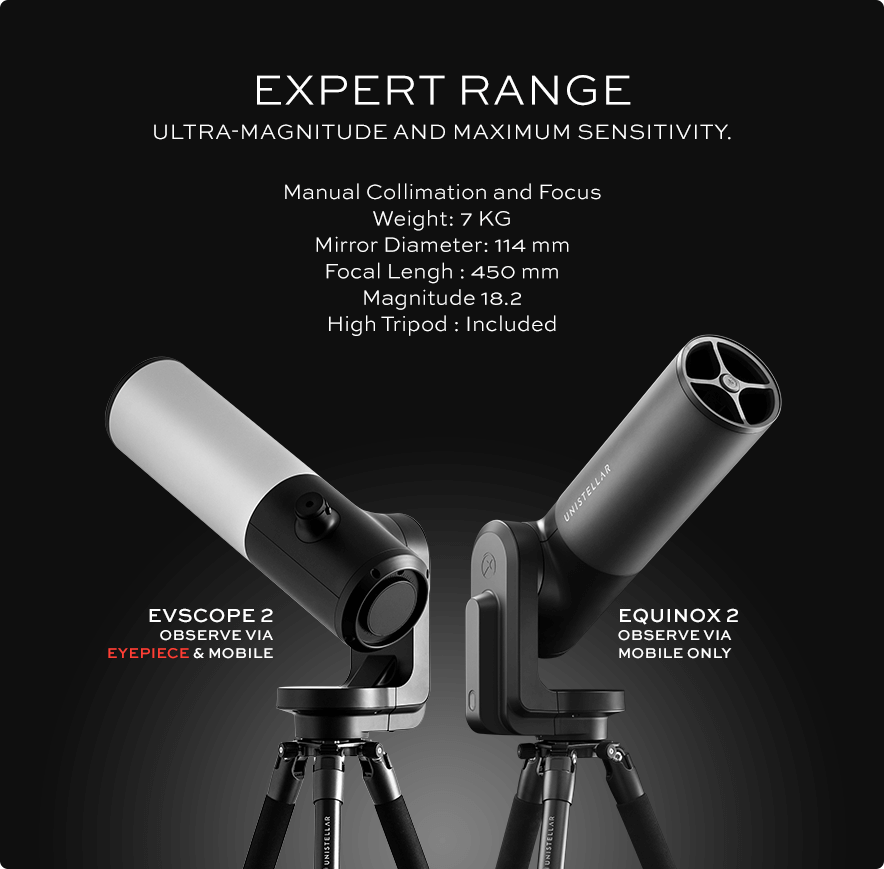Flash Sale valid through May 5
$900 Off EVSCOPE 2
Featuring a digital eyepiece designed in collaboration with NIKON, the EVSCOPE 2 is the most advanced, most immersive smart telescope on the market. Its state-of-the-art technology enables astronomers to experience the Cosmos like never before and play a part in advancing our understanding of the Universe.
Offer valid through May 5
Free express delivery – 3 business days average | Up to x24 installments | 30-day return policy
“UNISTELLAR has created a nearly foolproof instrument that even novice skywatchers will have a blast with.”


AN UNRIVALLED EXPERIENCE
A true revolution in astronomical observation, UNISTELLAR’s exclusive Dynamic Signal Amplification Technology increases the light signal in real time. The levels of intensity, detail and coloration obtained are unprecedented in the world of consumer telescopes.
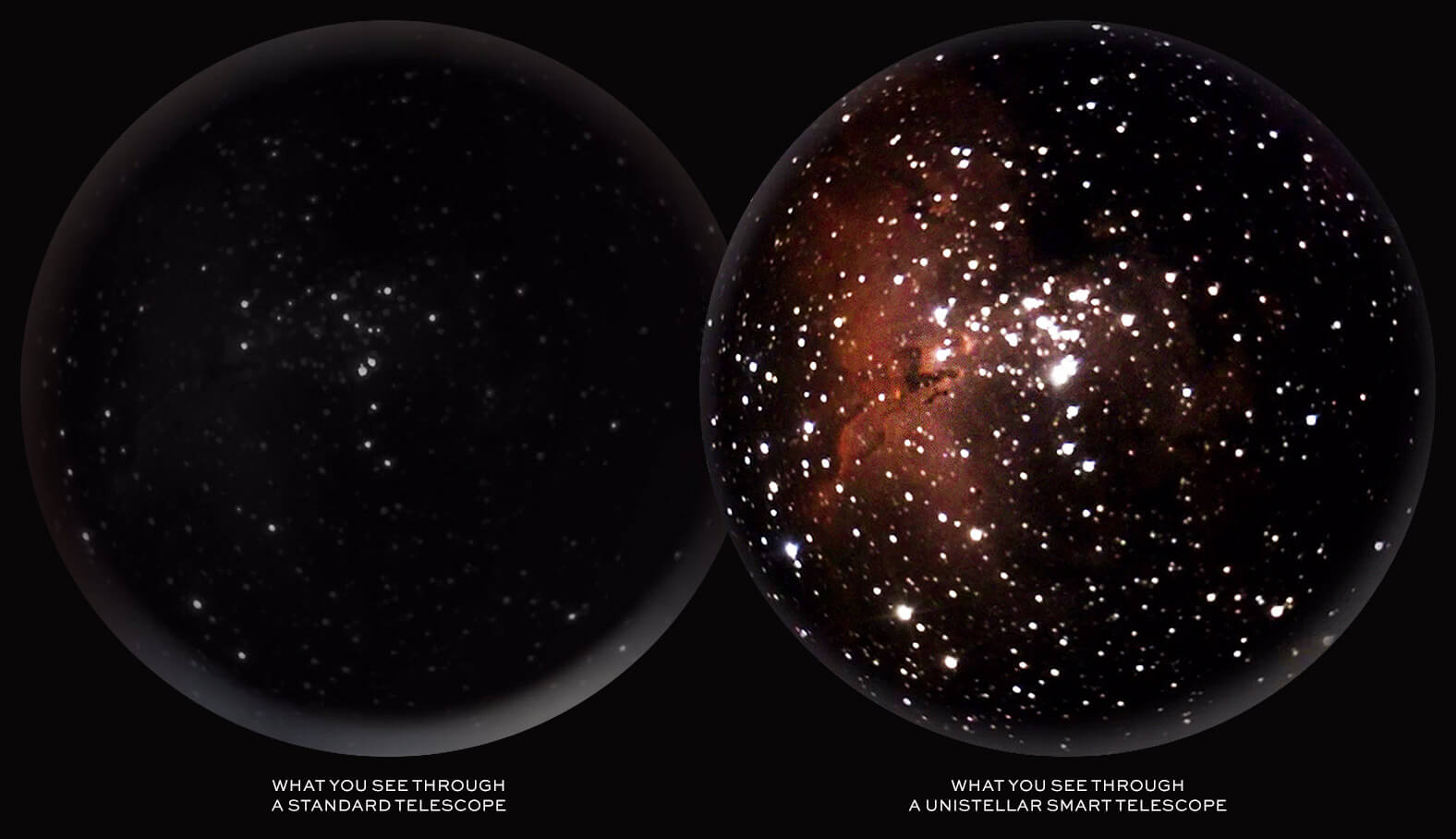
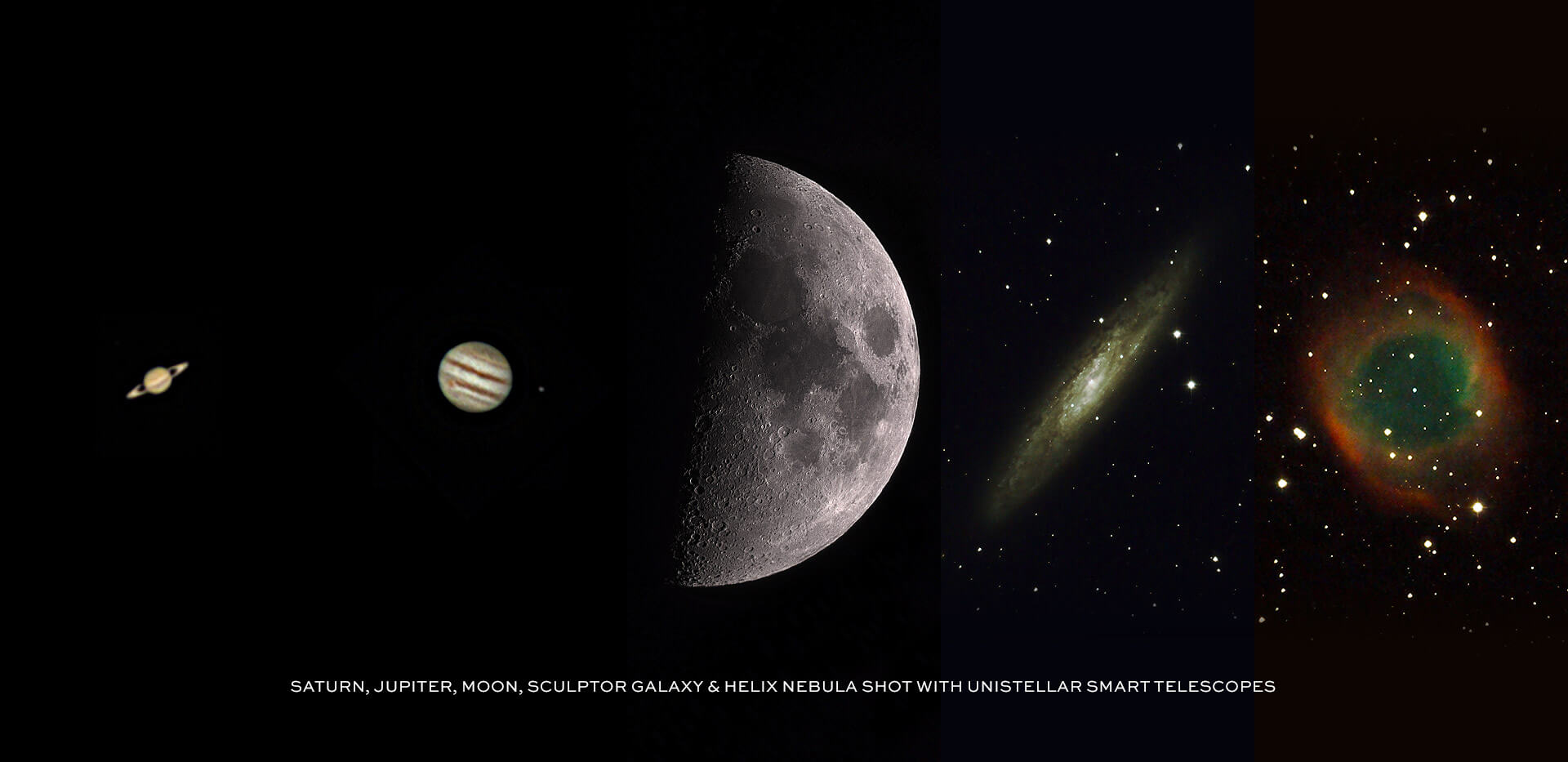
THE COSMOS IN 2 MINUTES
There’s no need to make tedious adjustments, use bulky equipment or plan your observation nights in advance: UNISTELLAR smart telescopes tell you which object to observe according to your position, point at it and follow it automatically.
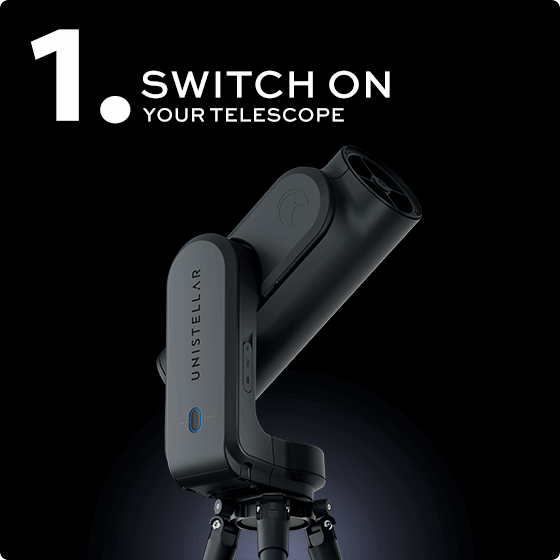

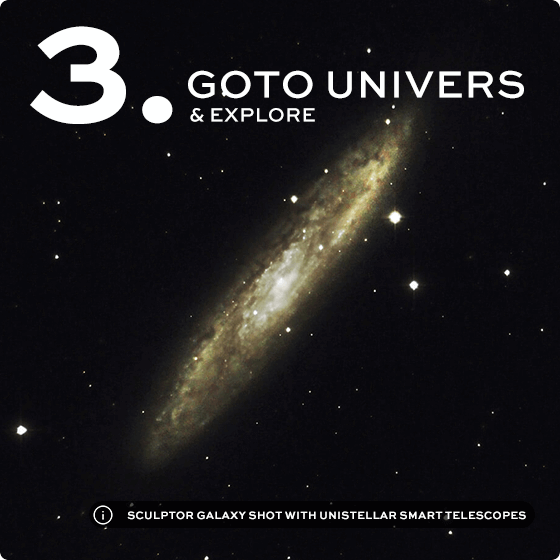
A JOURNEY TO SHARE
Control your smart telescope from your smartphone or tablet with the UNISTELLAR App. Navigate the cosmos, capture your astronomical discoveries with a simple click, and share unforgettable memories with family and friends.
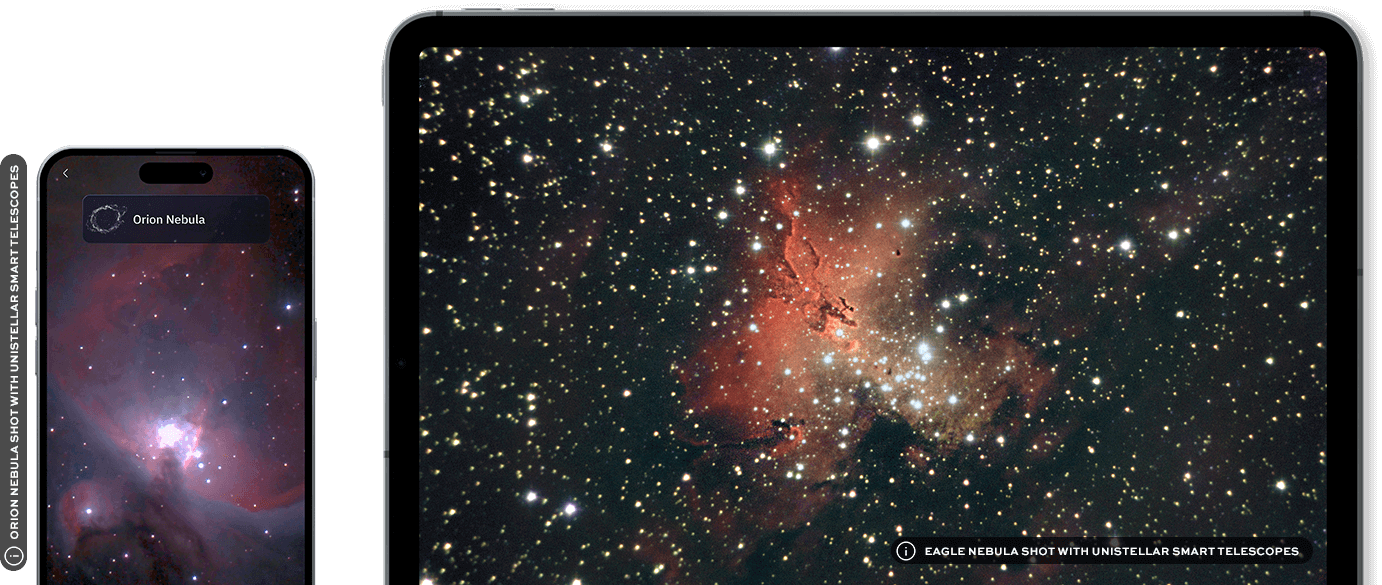
Curiosity Fueled Innovation
Loaded With Advanced Technology
We’re merging advanced engineering with user-friendly design to unlock the mysteries of the universe.
